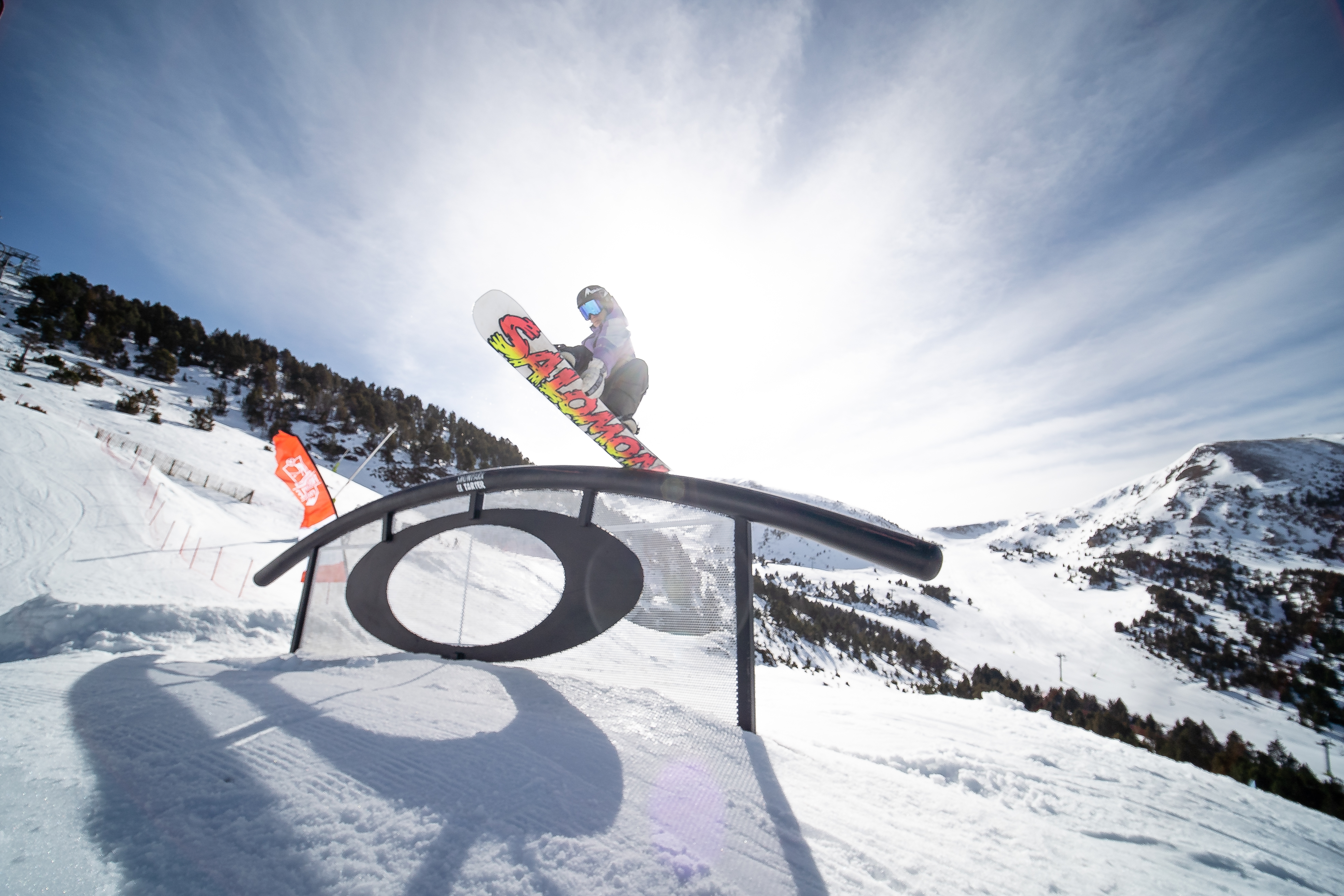
Different types of skiing
 Part of the beauty of skiing is that it is such a varied activity and sport. There are so many unique settings in the world where you can ski, with different types of skiing terrain, and so many distinctive skills and techniques you can employ to get from A to B. In this guide, we’ll outline some of the different types of skiing you can try your hand at, as well as the disciplines that feature at the Winter Olympics.
Part of the beauty of skiing is that it is such a varied activity and sport. There are so many unique settings in the world where you can ski, with different types of skiing terrain, and so many distinctive skills and techniques you can employ to get from A to B. In this guide, we’ll outline some of the different types of skiing you can try your hand at, as well as the disciplines that feature at the Winter Olympics.
What different types of skiing are there?
Even the question about the various types of skiing can be tricky for some beginners to fully grasp, as this can refer to the many and varied kinds or terrain where you can ski or to the different types of snow skis you use while practicing the sport.
Here, then, comes a look at the six main categories of skiing, based on a mix of the different types of terrain and the different types of snow skis:
- Alpine skiing: For most, alpine skiing is the first discipline that comes to mind. This is, in other words, downhill skiing, where you attach the heel and toe of your boot to the skis and where you go from the top of a slope to the bottom. This is the type of skiing most commonly practiced at ski resorts such as Grandvalira.
- Backcountry skiing: Also referred to as off-piste skiing, backcountry skiing is when a skier goes off the slopes of a resort and explores ungroomed snow in the wilderness. There are actually other sub-categories and different types of skiing that fall into the backcountry category, such as ski mountaineering and alpine touring.
- Telemark skiing: Some categories are singled out because of the unique types of skiing techniques used and telemark skiing is one of them. Here, you keep the heels unlocked at all times and move using a squat-like motion.
- Freestyle skiing: This is a type of downhill skiing, but one that incorporates skills and tricks into the descent, such as flips, jumps and somersaults.
- Cross-country skiing: With cross-country, this is carried out away from resorts and usually on mostly flat terrain. Here, there are also different types of snow skis used, as the skis are particularly long and thin.
- Adaptive skiing: Adaptive skiing is when adaptive equipment is used to allow those with a physical disability to enjoy a skiing experience as well.
What different types of skiing are in the Olympics?
For those who want to watch world-class skiers, there will be many different types of skiing in the Olympics in Beijing in 2022. Skiing has been a permanent part of the Olympic Winter Games since 1924 and there are currently six Fédération Internationale de Ski (FIS) disciplines.
Currently, then, and not including snowboarding, the different types of skiing in the Olympics are:
- Alpine skiing: There are 11 medal events in this skiing discipline, with five men’s, five women’s and one team event. From downhill to the slalom between poles, alpine skiing at the Olympics is a major sport.
- Ski jumping: There will be five ski jumping events in Beijing, with the aim of this type of competitive skiing being to achieve the farthest jump with the cleanest types of skiing techniques.
- Cross-country skiing: Here, there are 12 medal events, with the main difference between each being the distance involved, from the sprints to the skiathlon.
- Nordic combined: This is a sport that combines cross-country skiing and ski jumping. Of all the different types of skiing in the Olympics, it’s the only one with exclusively men's events in 2022, with three medal events to be held in this discipline.
- Freestyle skiing: There are 13 freestyle skiing medal events at the 2022 Winter Olympics, with athletes performing aerial flips and spins for points.
